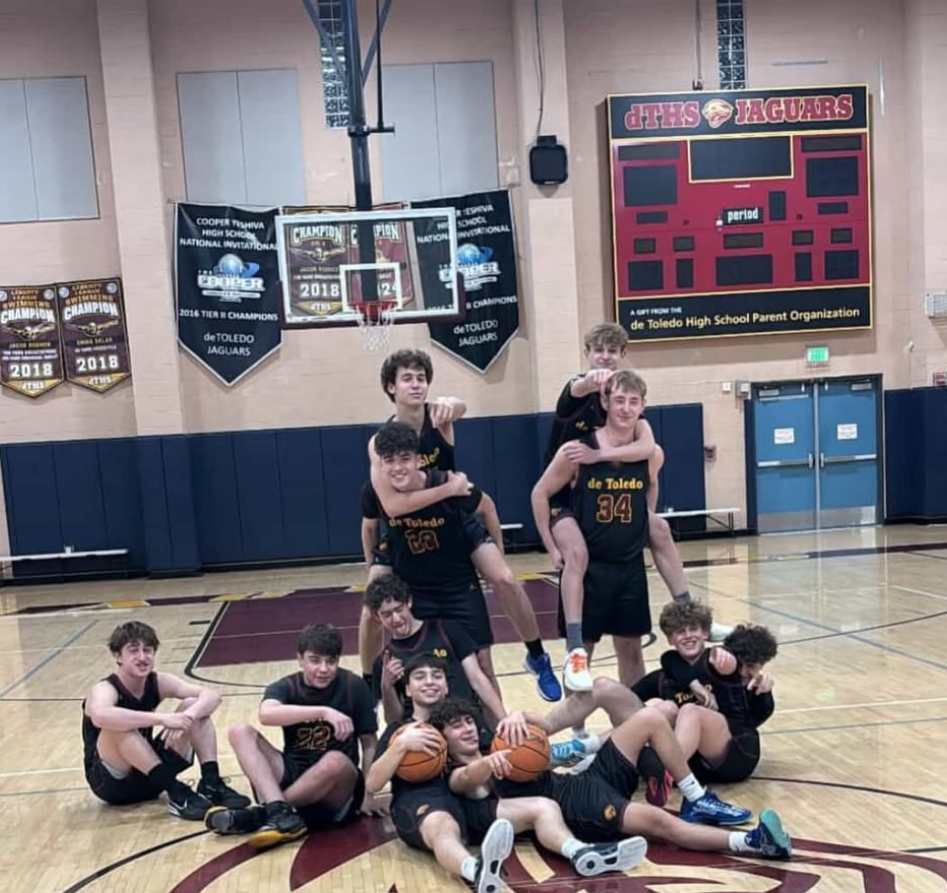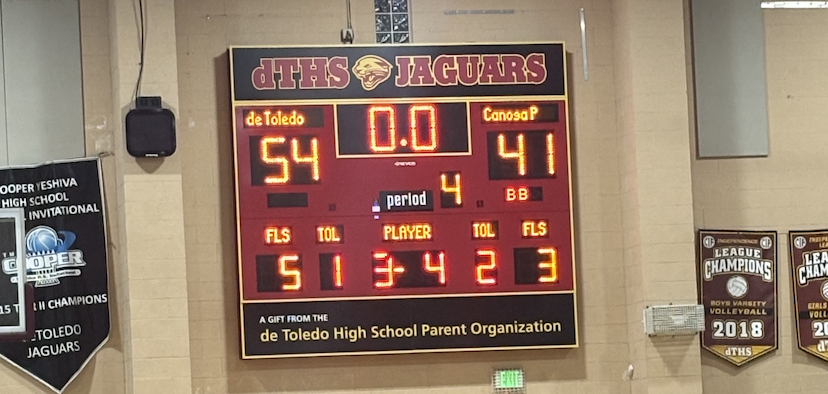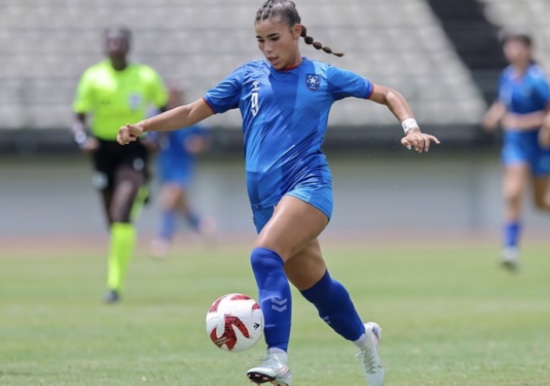What’s Wrong with the Top 25?
January 31, 2017
The current Associated Press Top 25 ranking system in college sports is flawed.
It is not a scientific or statistics-based ranking. It is the opinion of 60 sportswriters and broadcasters across the United States, with only a minority of them coming from the western half of the United States. The minuscule amount of westerners has contributed to a heavy eastern bias in the rankings, with the SEC, ACC, and Big Ten in “possession” of the majority of Top 25 spots.
The flaw is showcased most prominently in college football.
In the AP Top 25 Preseason rankings, the University of Alabama was ranked number 1 and had an undefeated regular season. That should confirm they should be voted the top team in the nation, shouldn’t it?
If you choose to determine the top team in the nation by strength of schedule then Alabama certainly doesn’t deserve to be number 1. Given the level of talented recruits that play for the Crimson Tide every year, they should play a difficult schedule and shouldn’t be playing schools like Chattanooga and Kent State that don’t get half the amount of talented players that Alabama gets.
The games against these teams exist to pad Alabama’s record to put them in the best position for a national championship and to boost team morale. If your team can dismantle 4-6 Mississippi State by 48 points, shouldn’t you have the confidence to destroy any other team?
Another way the AP voters show their eastern bias is in who actually gets ranked. The USC Trojans were ranked 20 in the AP Preseason poll. They lost to Alabama the first game of the season in a 52-6 bloodbath and were knocked out of the AP rankings. They started the season 1-3, but went 9-0 the rest of the season including a Rose Bowl upset win over an 11-2 Penn State that was ranked number 5 by the AP writers. They went unranked after the preseason until week 12, while an LSU team from the SEC that went 7-4 was in the top 25 for all but three weeks.
The AP rankings system also contributes heavily to who gets the prime spots for bowl games and which colleges get the most national exposure.
When most people see the little numbers next to the names of the schools playing on the scoreboard, they subconsciously (and sometimes not so subconsciously) think they are watching a good game. These “good” games attract a lot of viewers, and the viewers bring in revenue and more attention to the schools.
With more profit and exposure, schools can attract and recruit higher caliber high school talent. Raw talent is the basis for the majority of college programs. Very few athletes come out of high school immediately ready to play at an extremely high level of competition, so college is their key developmental phase. When the best recruits see colleges in bowl games they start thinking they might want to play at that school, allowing the college to forgo the recruitment process of less talented players and build the core around the top recruits.
As the most referenced and most followed ranking system, the AP rankings can be held accountable for the rise and fall of many college athletics programs. They influence the general public’s, including recruits’, perspectives on the strength of programs through the commentary of qualified, though biased, sportswriters. These writers have varied opinions on what makes a team good and factor in aspects of sports that most people probably wouldn’t consider. They factor in the dynasties that they have created through their own votes, team chemistry (which is hard to comprehend for most outside observers), and some statistics. To truly gauge the top teams there needs to be totally comprehensive statistical, physical, and mental analysis of the teams, and at this point the Associated Press Top 25 is not accomplishing this.



























